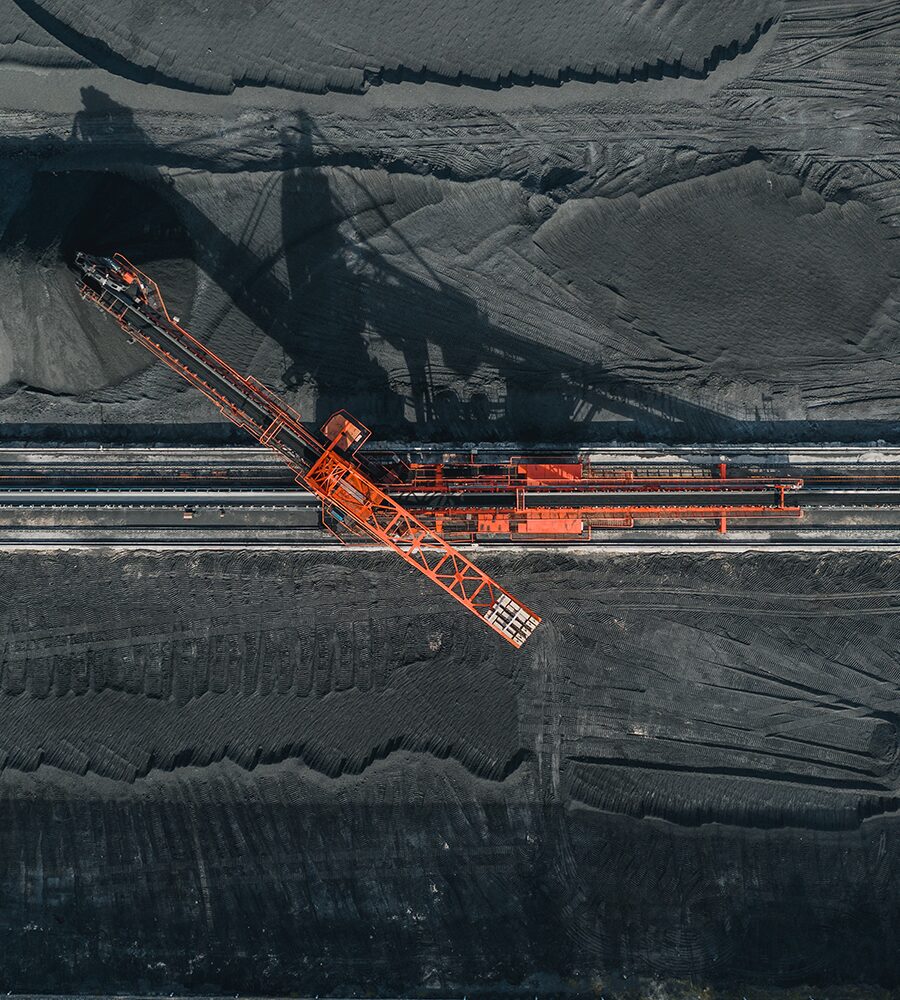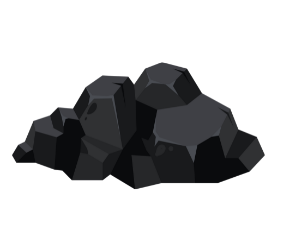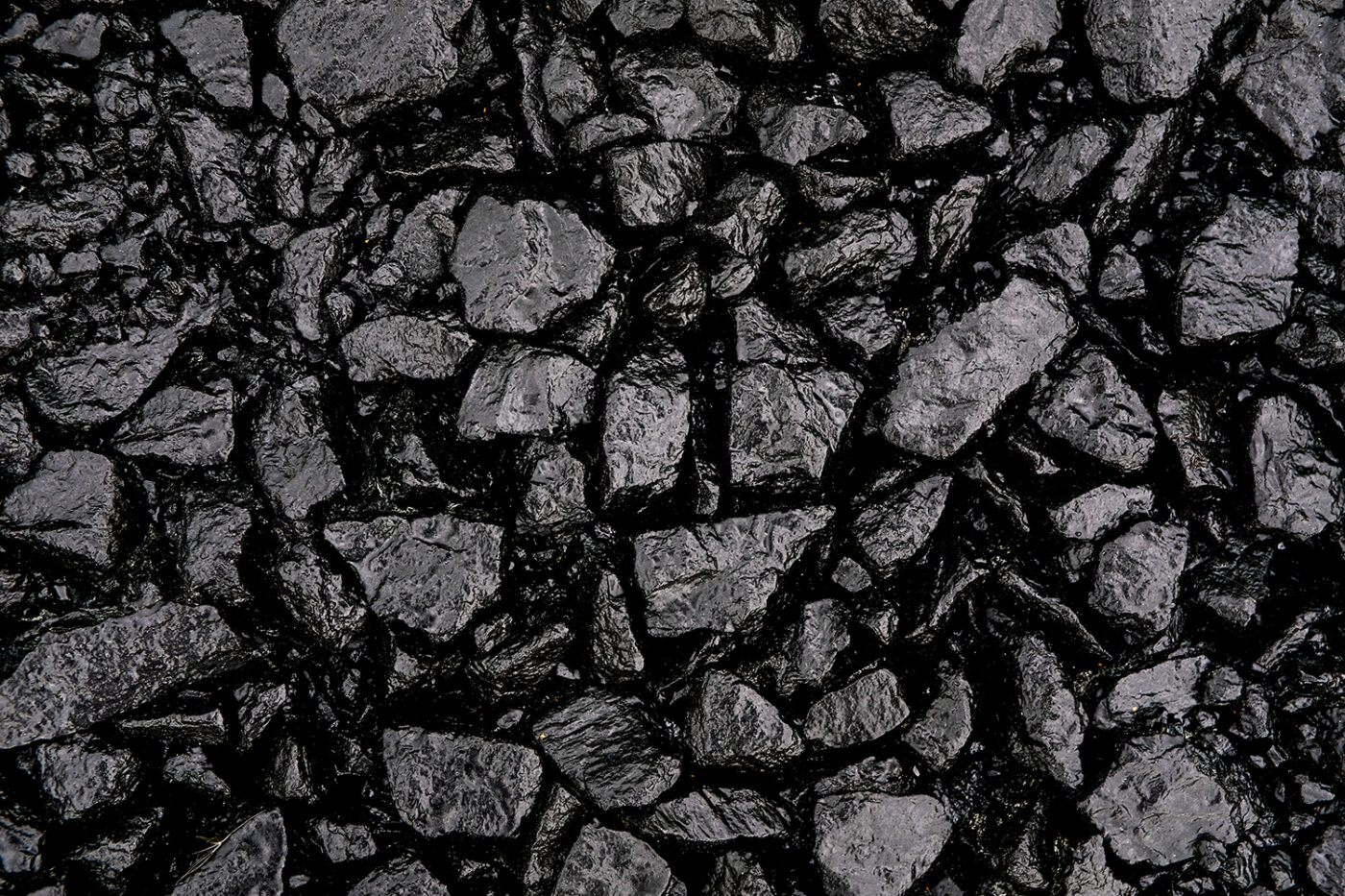Coal Mine Methane
An opportunity for action to reduce coal mine methane
Coal mining is responsible for roughly 11% of global anthropogenic methane emissions. Methane is formed during the coalification process, where buried organic matter is transformed into coal under intense heat and pressure. During or after mining operations, large quantities of methane trapped within coal seams are released into the atmosphere. The growing availability of proven technologies to capture and utilize methane as an energy source presents a critical opportunity to reduce methane emissions from the coal sector.

Coal mine methane emissions
come from 4 main sources

Degasification systems and ventilation air
Methane is intentionally released through degasification or ventilation air systems designed to reduce explosion risks in underground mines.

Abandoned or closed mines
Methane can seep from abandoned or closed coal mines through vent holes, fissures, or cracks.

Surface or open pit mines
Exposed coal seams from the surface of open pit mines directly release methane into the atmosphere.

Post-mine operations
Methane can be emitted from coal seams during post-mining activities such as coal handling, processing, storage, and transport.
Sources of Methane Emissions

Why address coal mine methane?
- Thousands of active and abandoned mines continue emitting methane, often unmonitored.
- Proven coal mine methane abatement technologies can avoid 64% of projected 2030 global anthropogenic methane emissions. This abatement potential remains the same through 2050.
- Abatement technologies can have low net cost, while improving mine safety and increasing energy security by capturing and utilizing methane that would otherwise be vented.
Tackling methane pollution from coal mining
We can take action now
Stronger regulations and enforcement are key to achieving deep methane reductions. Effective measures include:
- Requiring methane capture and utilization at underground, surface, and abandoned mines
- Properly closing abandoned mines to avoid methane seepage
- Clarifying ownership and licensing rights for methane, including from abandoned or inactive sites
- Supporting monitoring, reporting, and verification through standardized protocols and voluntary reporting programs
- Providing financial incentives for methane recovery and utilization
- Promoting training, knowledge-sharing, and access to best practices and proven abatement technologies
…but challenges persist
Current barriers to methane mitigation in the coal sector include, but are not limited to:
- Weak or fragmented regulations, and poor enforcement
- Unclear ownership and legal frameworks for methane from active and abandoned or closed mines
- Limited financial incentives or access to capital to cover high upfront costs
- Gaps in data and technical capacity across countries and companies
- Lack of coordination or knowledge-sharing mechanisms to scale solutions
Our work in coal mine methane
CATF works to drastically prevent and reduce methane emissions from coal mining activities worldwide. CATF provides technical assistance and support to countries interested in developing strong methane policies grounded in proven technologies and strategies. Our work includes:
- Engaging with government and other key stakeholders around the world to support the development and enforcement of policies and protocols that reduce methane associated with coal mining activities.
- Strengthening partnerships with governments, financial institutions, researchers, and project developers working on innovative approaches to tackle methane from coal mining activities.
- Building the capacity of national and/or state governments and other key stakeholders to effectively implement, enforce and comply with mitigation policies and/or regulations through targeted training.
- Developing and disseminating internationally accepted ‘best practice’ guidance materials (by region/basin/mine level; e.g. for surface mines) related to active, abandoned, and post-mining activities.




